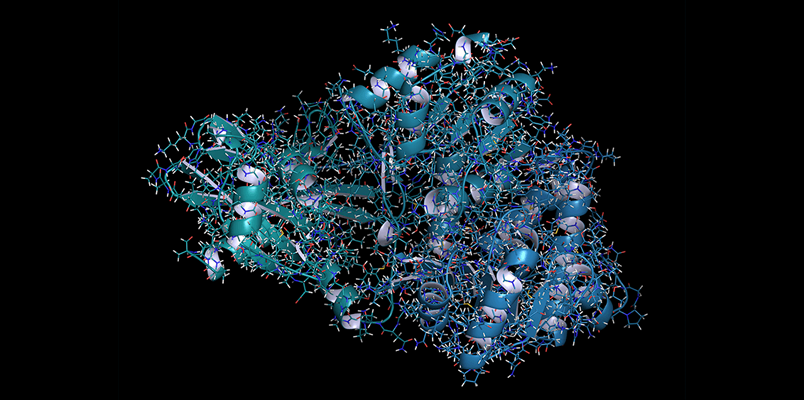Luciferase is an enzyme used by a variety of organisms for bioluminescence. One of the most common examples of bioluminescence exists in the biology of the firefly. Scientists have been able to wield this naturally occurring phenomena to study gene expression at the transcriptional level. Luciferase reporter assays offer rapid quantitative measurements and have a wide range of applications across various fields of cellular and molecular biology.
Understanding the basic techniques and applications of luciferase assays is key to troubleshooting any issues that may arise during its execution. Luciferase reporter assays are a very effective means for concluding if a protein can repress or activate the expression of a target gene. Let’s dive a little deeper into luciferase assays and uncover what they are all about.
The Primary Purposes of Luciferase Assays
The primary purposes of using a luciferase assay is to test the activity and strength of a promoter and study gene expression. For instance, by placing the luciferase gene behind the promoter it affords you the ability to research the transcription within a promoter region. As soon as the gene is transcribed, based on the amount of luminescence produced, you will know whether or not you have a strong promoter. Simply put, the more light, the stronger promoter.
Luciferase assays are sensitive and offer researchers the ability to quantify surprisingly small changes in transcription, with results in minutes. Unlike the chromatin immunoprecipitation (ChIP) and electrophoretic mobility shift assay (EMSA), that are limited in scope, a luciferase assay provides the precise volume of the gene product that is being produced and the practical connection between the gene and protein.
The only drawback is that they can’t ascertain whether the protein interacts with the DNA itself. But that is eclipsed by the sheer convenience, efficiency, and relative affordability of luciferase reporter assays, making them a popular and reliable tool among scientists and researchers.
Introduction to Bioluminescence
As stated above, luciferases are a class of oxidative enzymes that are present in a handful of organisms that enable them to emit light, including giant squid, cuttlefish, starfish and jellyfish, and of course fireflies. Fireflies are able to illuminate during a chemical reaction that is triggered when the luciferin enzyme in their system converts luciferin into oxyluciferin. There are no known mammals that possess this magical biological ability to naturally bioluminesce.
For nearly a century, researchers and scientists have been using light emission in biological assays to identify experimental changes. More specifically, luminescence is unique in that it is produced via a chemical reaction yet emits no heat or thermal change. To put it into perspective, incandescence is the reaction present in traditional incandescent light bulbs and does generate a great deal of heat. If you’ve ever tried to unscrew a lightbulb immediately after turning it off, you’d likely burn your fingertips. Luminescence can be divided into two categories.
Bioluminescence – Light that is generated from a biological source
Chemiluminescence – Light created by a non-biological chemical reaction
Methods of Luciferase Assay
- Flash Assays – As the name suggests, flash assays are fast. Probably one of the reasons they are the most common luciferase assay being used today. Because the reaction happens so quickly, you have a small window of time to add the substrate and measure the light emission. But if you are working with a single assay, that should pose any significant challenges. Another benefit of using a flash luciferase assay is that it yields sensitive results. If sensitivity is critical to the success of your experiment, choose the flash assay for lightning-fast results.
- Glow Assays – While flash assays occur quickly and are brighter, the glow luminescence assays last for hours but are less sensitive. The glowing luciferase assay is an excellent option when you need more time to ensure consistent results across multiple samples.
Cell-Based Assay & Immunoassay Lab at BioAgilytix
BioAgilytix is the world’s leading large-molecule bioassay lab. We provide the specialized large molecule insight and proven GLP / GMP knowledge needed to support a full range of cell-based assay requirements. Our veteran team possesses expertise with primary cells and transformed cell lines. Working with our customers, we are able to develop and validate custom cell-based assays in line with all relevant regulatory guidelines and recommendations.
BioAgilytix is the clear choice for cell-based assay and immunoassay development and analysis. We provide accuracy, reliability and world-class expertise. Contact BioAgilytix today for more information on our wide range of bioanalysis services.
